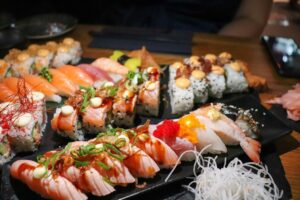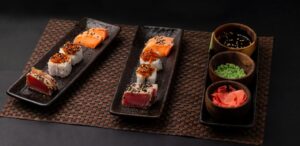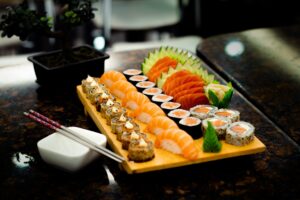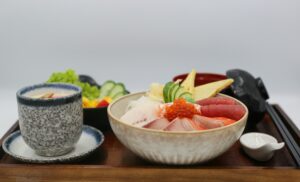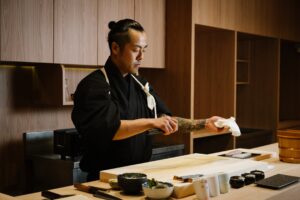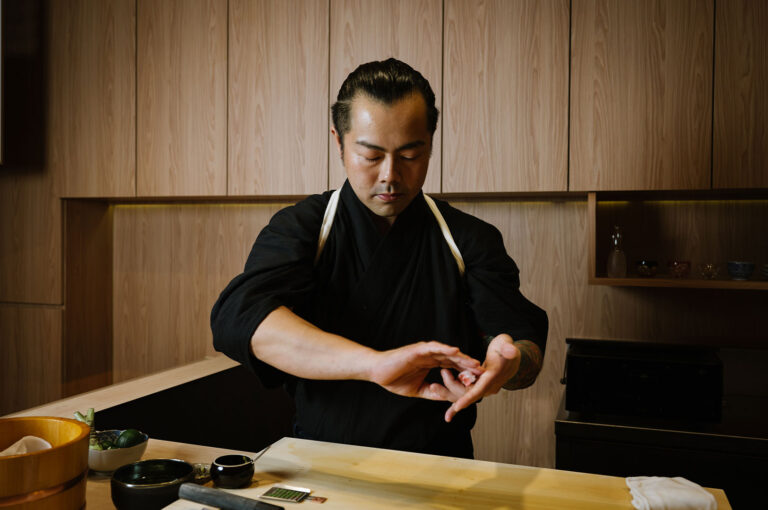
Best Food in Singapore: A Japanese Chef’s Guide to the Lion City’s Culinary Paradise
Singapore stands as a global culinary masterpiece—an island where cultures, flavors, and aromas thrive side by side. Here, the Singapore food landscape is a vibrant mosaic, with every bite revealing a story about heritage and innovation, whether you are sampling a popular dish at a hawker centre or exploring new flavors.
While the famous hawker centres—bustling with the fragrance of rice noodles, sizzling pork lard, and the bold character of chili sauce—define much of its food culture, one cannot ignore the deep and growing influence of Japanese cuisine. Today, the authentic Japanese dining experience is firmly woven into Singapore’s identity, ensuring that some of Singapore’s best food are found at Japanese restaurants, from exquisite omakase bars to modern izakayas.
Singapore’s Multicultural Food Scene and the Rise of Japanese Cuisine
Hawker centres like Maxwell Food Centre and Adam Road Food Centre brim with scents of coconut milk, fried chicken, and the earthy complexity of fried kway teow. Dishes like hainanese chicken rice—known for its fragrant rice cooked in chicken broth and served with dark soy sauce and vibrant chili sauce—epitomize both comfort and tradition. Alongside these, traditional local favorites such as roast meats, including roast duck, pork, and char siu, are commonly found, offering authentic flavors and textures.
Yet, amid this celebration of local flavors, Japanese dining has found fertile ground, not merely as an import but as a key chapter in the story of restaurants in Singapore.
In the 1970s and 80s, Japanese restaurants were largely reserved for formal, business-focused meals enjoyed by the affluent or expatriates. Dishes such as sashimi and tempura were considered rare luxuries, often enjoyed with savory flavors and a sense of occasion. As Singapore’s culinary landscape blossomed, so did its appetite for diverse experiences. Today, Japanese cuisine is not just accessible but celebrated, with hundreds of establishments—from omakase Singapore counters to casual ramen bars—offering variety and depth at every turn.
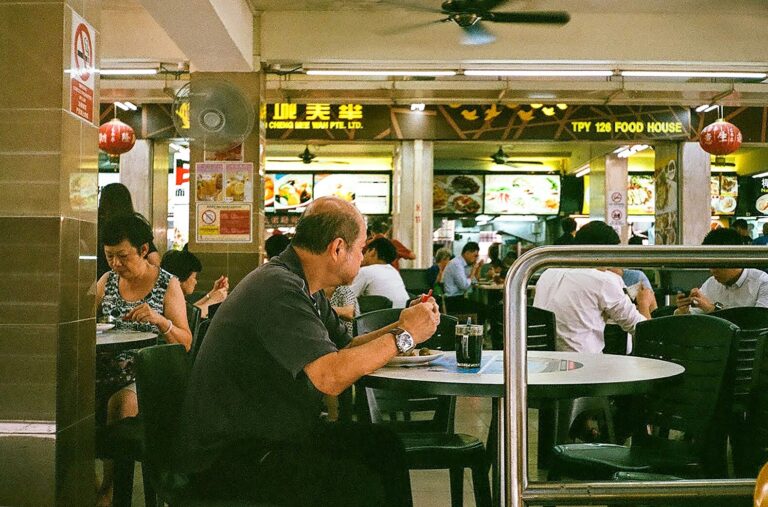
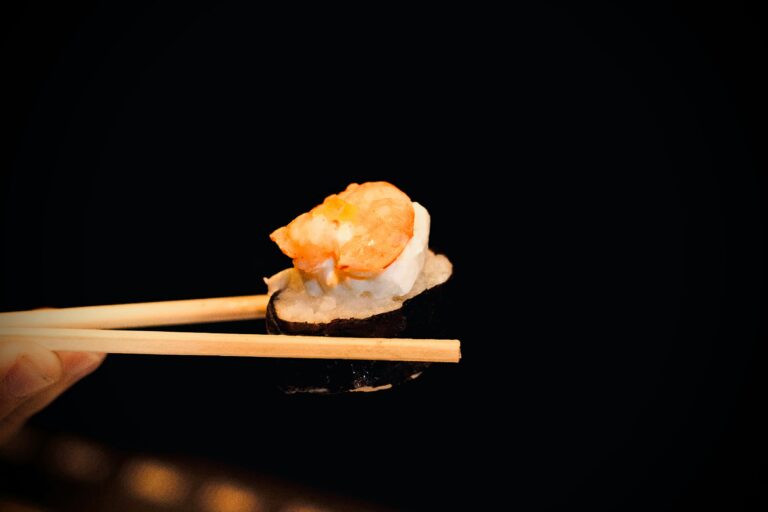
Omakase: Japanese Culinary Storytelling, Singapore-Style
No discussion of Japanese dining in Singapore is complete without omakase. Literally meaning “I’ll leave it up to you,” this style places trust in the chef’s hands to curate a bespoke menu, often unfolding at a counter where diners witness culinary artistry up close. The minimalist décor, the chef’s precise movements, the soft clink of ceramic—these blend to create an environment that is as much about ambiance as it is about flavor.
Singapore’s omakase scene is world-renowned. Venues like Shinji by Kanesaka, Hamamoto, and Sushi Masa each offer an intimate relationship with food. Chefs source ingredients daily—fresh seafood, seasonal herbs, sometimes aromatic glutinous rice—and sequence the meal from subtle sashimi to char-grilled masterpieces. While Sushi Masa is an example of a chef-driven restaurant that brings in seafood from Japan’s Toyosu Market, it stands shoulder to shoulder with other establishments that have made omakase Singapore a “bucket list” experience for both locals and visitors.
The Power of Seasonality: Shun in Singapore
Japanese cuisine is built upon the idea of seasonality, called shun. In Singapore, this principle is alive and well, as chefs synchronize menus with the rhythms of land and sea.
Top Japanese restaurants go to great lengths to import seasonal ingredients—uni in summer, sanma in autumn, sweet bamboo shoots in spring, each at its peak flavor. The logistics behind delivering such freshness are impressive, requiring meticulous planning to bring the best of Japan’s markets to Singapore’s tables daily. Alongside roasted peanuts and rice cakes typically served at local eateries, you’ll find limited-time dishes in Japanese venues that sing with singular flavors—like a bowl of steamed rice cake topped with pureed ginger or a slice of fried fish with oyster sauce. In Singaporean noodle dishes such as laksa and yong tau foo, fish cake is a popular topping, adding both texture and flavor.

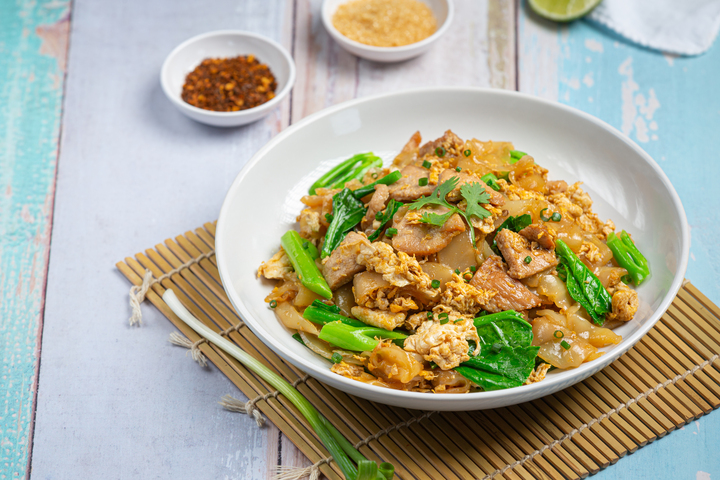
Japanese Specialties Meet Singaporean Favorites like Hainanese Chicken Rice
Singapore’s best food is defined by its diversity. The city’s noodle dishes—egg noodles tossed in dark soy sauce, bean sprouts, minced pork—appear alongside Japanese specialties in many food courts and restaurants. Yakitori experts serve skewers marinated and grilled to smoky perfection, channeling the char that Singaporeans love in their fried kway teow. Char kway teow, a staple Singaporean noodle dish, is traditionally cooked by stir frying flat rice noodles in a wok, often with pork fat, to achieve its signature rich, smoky flavor.
Ramen shops, a staple across Singapore, are known for their flavorful broth simmered with pork bones, chili oil, and fresh herbs. Tempura establishments elevate shrimp, sweet potato, and even peranakan food ingredients in crisp rice flour batter, offering crunch reminiscent of local fried chicken. And izakayas bring lively small plates—think stir fried pork belly or carrot cake seasoned with shrimp paste—coupled with sake and craft cocktails.
Restaurants don’t shy away from Singaporean inspiration. It’s common to spot a Japanese chef creating a noodle dish with chili sauce or a rice bowl finished with oyster omelette or Chinese sausage. In some settings, you’ll taste inventive fusions: Japanese curry laksa infused with coconut milk, pork slices delicately marinated in sambal sauce, or fried tofu served with a sweet syrup and glutinous rice dessert.
A Symphony of Hospitality: Omotenashi in Action
One hallmark of Japanese dining, which resonates deeply in Singapore, is omotenashi: the art of heartfelt hospitality. Whether at a Michelin-starred restaurant or a humble coffee shop tucked away from a busy MRT station, diners encounter service defined by warmth, anticipation, and grace.
At counter-style establishments, the chef-diner relationship is front and center. Chefs explain each dish—perhaps a fried fish with a drizzle of dark soy sauce or a slice of carrot cake sprinkled with pork lard—with care and thoughtfulness. Their focus is on making every visit memorable, blending Singapore’s values of efficiency and friendliness with Japan’s rigorous standards of service.
Many locals and visitors alike have anecdotes about surprise dishes, thoughtful garnishes of fresh herbs, or a perfectly brewed cup of condensed milk coffee at the end of the meal—all details that elevate a delicious dish to an unforgettable experience.
Tradition Meets Innovation: Shaping Singapore’s Japanese Food Future
The innovation of Japanese chefs in Singapore is another reason the city offers some of the best food at Singapore. Many embrace local ingredients and adapt classic recipes to suit the Singaporean palate. Consider the contemporary kaiseki experiences where a course might pair beef rendang with traditional Japanese sauces, or a tempura course with a curry dipping sauce inspired by roti prata shops.
The influence flows both ways. Singapore’s love of spicy sauce and chili crab, as well as black pepper crabs—both must-try local delicacies—has inspired Japanese eateries to experiment with flavors, leading to unique signature dishes like black pepper crab maki or tempura prawns with chilli sauce glaze. Local specialties such as oyster omelettes have also influenced Japanese chefs, who incorporate elements of these dishes into their fusion creations.
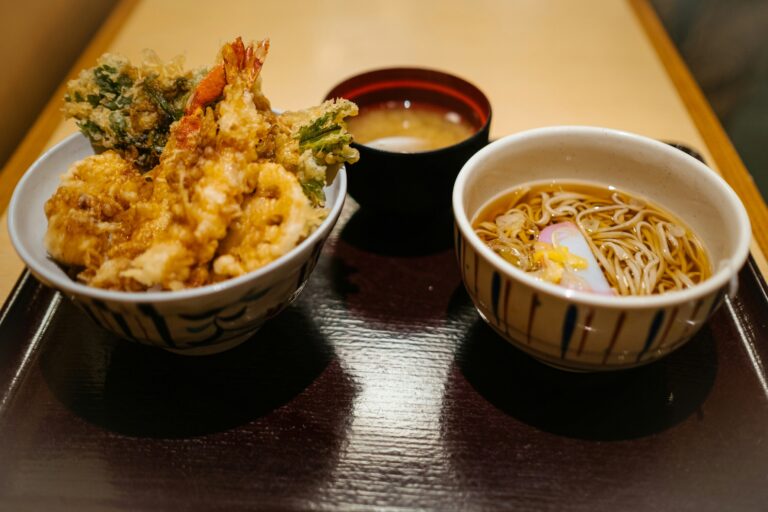
Meanwhile, the city’s food landscape is constantly evolving. Restaurants experiment with new techniques, from the sous vide of pork belly—layered over fragrant rice—to using local fresh seafood in sushi, a nod to Singapore’s maritime traditions. From the humble food stalls serving fried kway teow to the cutting-edge omakase counters, the fusion of techniques, flavors, and creativity continues to redefine Singapore’s culinary identity.
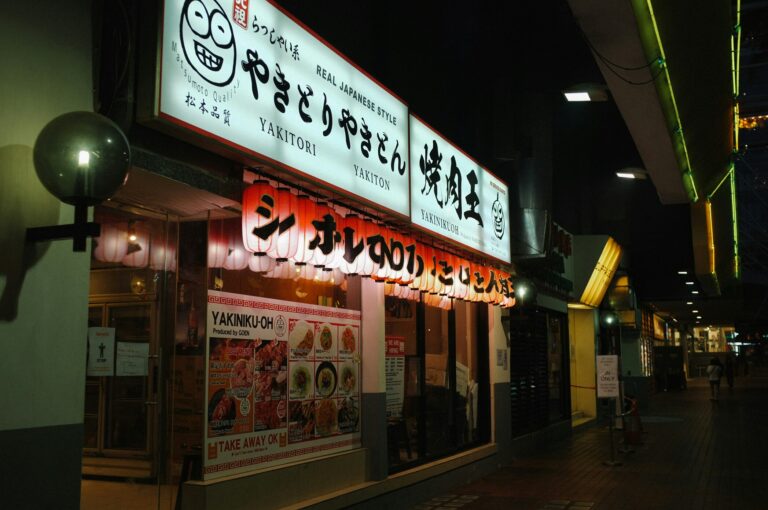
Accessibility: Japanese Food for Every Taste and Budget at Hawker Centres
Part of Singapore’s magic is the accessibility of high-quality Japanese dining. Sure, there are luxurious omakase experiences for special occasions, but the spectrum is broad. You’ll find cherished gems around every MRT station—coffee shops with Japanese curry rice sets, food stalls with delicately seasoned fried tofu or pork belly rice bowls, and eateries within food courts that serve up ramen with a flavorful broth and crunchy bean sprouts.
For those seeking value, food centres like Maxwell Food Centre offer a delicious dish for every craving, from nasi lemak to fried fish cakes and savory fried chicken with a splash of spicy sauce. Restaurants keep menus inclusive, offering both premium and more wallet-friendly selections.
When searching for the top food in Singapore, don’t overlook these treasures. Sometimes, a plate of glistening rice noodles garnished with fried pork fat or a humble dish of steamed rice cakes with sweet syrup can be as transcendent as a formal restaurant meal.
The Enduring Influence and Invitation
The cultural exchange between Japanese and Singaporean cuisine is ongoing—a mix of ingredients, flavors, and techniques culminating in renowned dishes across food courts, hawker stalls, and high-end restaurants. Signature plates like bak kut teh with pork bones and white pepper, fried kway teow rich with pork lard, and sweet kaya toast are equally cherished as bowls of steaming miso soup or intricately rolled sushi.
Ultimately, Japanese cuisine’s embrace of seasonality, respect for ingredients, precision in preparation, and devotion to hospitality mirror the values that have propelled Singapore onto the world’s culinary stage.
As you explore the food in Singapore, from the bustling stalls of Adam Road Food Centre to the refined counters of Orchard Road’s Japanese restaurants, allow your taste buds to travel broadly and deeply. Embrace the diversity, the creativity, and the timeless appeal that make Japanese dining integral to the best food at Singapore.
For an elevated experience that embodies this spirit, visit Sushi Masa by Ki-setsu, where tradition meets innovation in every carefully crafted bite.

